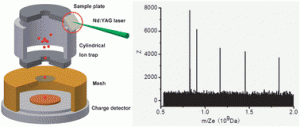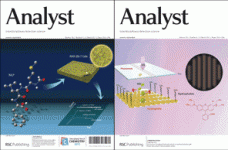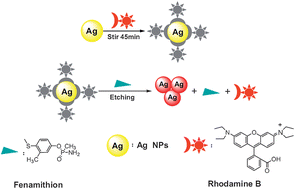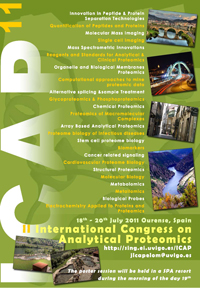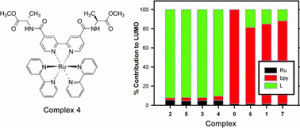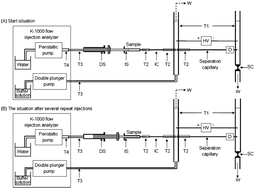Three HOT articles from Analyst covering sampling bias, copper sensing and PDMS functionalisation for a photnoic lab-on-a-chip device. All articles are free to read until 8th April.
| Michael H. Ramsey and co-workers from Sussex and London describe a new method for estimating the uncertainty of analytical measurements caused by bias in sampling.
Improved evaluation of measurement uncertainty from sampling by inclusion of between-sampler bias using sampling proficiency testing |
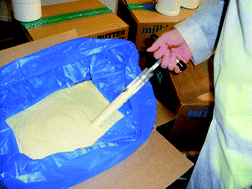 |
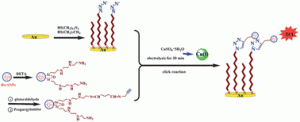 |
Based on the Cu(I)-catalyzed alkyne–azide cycloaddition reaction, a novel ultra-high sensitive and selective ECL sensor for Cu(II) was developed and is reported in this paper from Guonan Chen and co-workers from Fuzhou University in China.
Development of ultra-high sensitive and selective electrochemiluminescent sensor for copper(II) ions: a novel strategy for modification of gold electrode using click chemistry |
| César Fernández-Sánchez and co-workers from Spain and Germany report on a comparative study of different approaches for the selective immobilisation of biomolecules on the surface of poly(dimethylsiloxane) (PDMS). The motivation of this work is to set a robust and reliable protocol for the easy implementation of a biosensor device in a PDMS-based photonic lab-on-a-chip (PhLoC).
Selective functionalisation of PDMS-based photonic lab on a chip for biosensing |
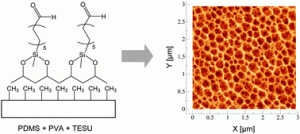 |











